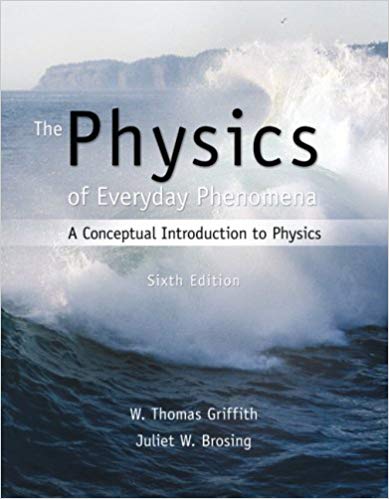Use the information for the left side of the paper to answer the questions on the right side of the paper
weight after launch : 24.0 Launch # 10 Predicted from your worksheet = Part 2: What was your assigned role? % difference = Partner 1 Name and role Sara Velazquez and made engines / looked for land 3SE range = For your Summary include Data and Statistics: Partner 2 Name and role Antonio Vargas and measured the angle engin Measured angles (in a table) Heights calculated from angles (table) Average and standard error (SE) of heights, AVE + SE rounded Conditions during the launch? Windy? Did your rocket go straight up? Towards . 3SE range of heights altimeters? Away from altimeters? Did it spin? etc. % difference between predicted height and average of heights Our ricket went straight up and then at the very Summary Were you within 5% of the predicted? top it started to go off to the right straight down. Within 3SE of the predicted? It went away from altimeters. It was not windy and Random Error - variation in trials. Always discuss. . it did not spin. If not within 3SE possible sources of systematic error. Discuss sources of error in terms of cause and effects that are reasonable. Put some effort into this part. Consider assumptions we made in the prediction, atmospheric characteristics, how your construction technique may affect the final height, what the measuring precision is for launch day (distances on the ground, angles), how might the individual heights of the people measuring angles affect results, how a launch that is not perfectly vertical might affect the Part 3 : Enter your Trial angles. Be sure to record in your lab books. If someone didn't get a measurement leave spaces empty. angles measured. Trial Angle (") H (m ) Assumed parameters In making our prediction there are many parameters; a few are given for you to enter 49 810.0 into the equations. The accuracy of these can affect your prediction. Think of three. 2 52 3 53 1. 4 100 W N 48 83.0 44 Self-reflection. Briefly comment on how these two rocket labs fulfill the following GE learning 72.0 42 68.0 objectives: 64 154 Quantitative reasoning 50 Disciplinary and interdisciplinary knowledge 89.0 Creative problem solving 54 103 Communication 50 89. 0 Average experimental height in meters = 94 m Standard deviation in meters = 2 2. 6m Standard error in meters = 7.15 m







